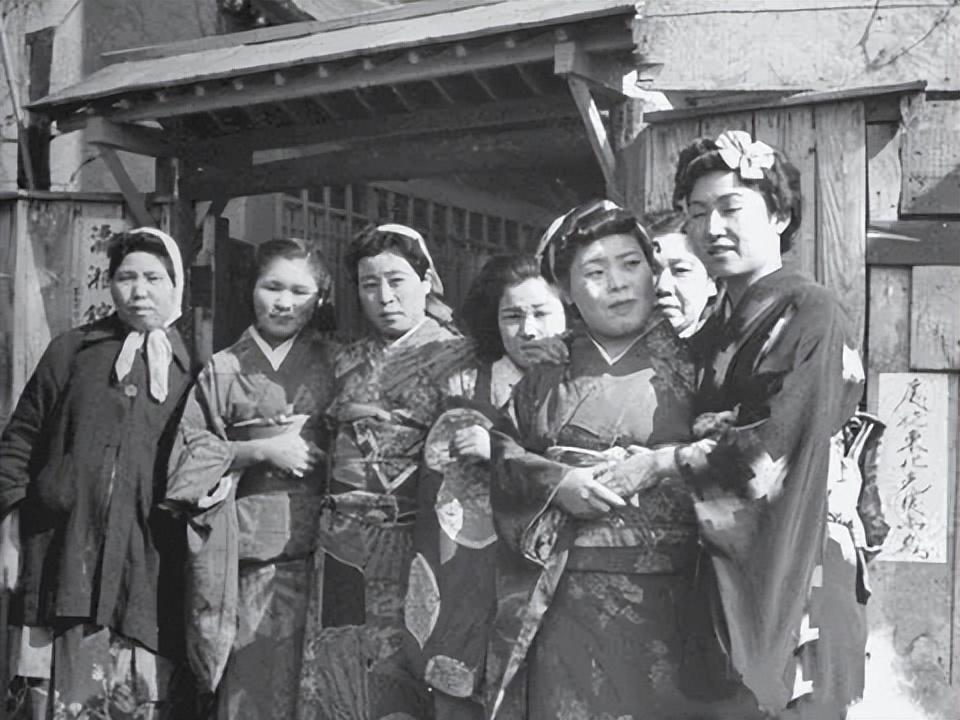The conclusion of World War II in 1945 marked a pivotal shift in global dynamics. While much attention has been given to the geopolitical changes, the personal narratives of those affected often remain overshadowed. Among these are the harrowing experiences of Japanese female soldiers and auxiliaries who became prisoners of war (POWs) under Soviet control—a chapter seldom illuminated in mainstream historical discourse.

From Battlefields to Barracks: The Capture of Japanese Women
In the waning days of the war, as the Soviet Red Army advanced into territories like Manchuria, Korea, South Sakhalin, and the Kuril Islands, numerous Japanese military personnel, including women serving as nurses, support staff, and even combatants, were captured. These women, having dedicated themselves to their nation’s wartime efforts, found themselves thrust into an unforeseen and grim reality as POWs.Wikipedia
Siberian Shadows: Life in the Labor Camps
The Soviet strategy involved relocating many of these prisoners to labor camps scattered across the vast expanse of Siberia. In these camps, detainees faced brutal conditions:HistoryNet
- Forced Labor: Enduring grueling physical tasks for extended hours, often surpassing 12-hour shifts, in industries such as mining and construction.
- Harsh Climate: Confronting the severe Siberian winters without adequate shelter or clothing, leading to frostbite and other cold-related ailments.
- Malnutrition and Disease: Surviving on meager rations that led to severe malnutrition, while unsanitary conditions fostered the spread of diseases like pneumonia and gastrointestinal infections.
The combination of these factors resulted in a high mortality rate among the prisoners. Additionally, the psychological toll was immense, as many grappled with the trauma of captivity and the uncertainty of their fate.
Silent Suffering: The Aftermath and Cultural Impact
Upon their eventual release and repatriation, these women returned to a Japan that was itself recovering from the devastations of war. Their stories, marked by suffering and resilience, were often met with societal silence or stigma. The cultural emphasis on honor and the complexities surrounding Japan’s wartime actions contributed to the marginalization of their experiences.
In contemporary times, as societies strive for a more comprehensive understanding of history, these narratives are gaining recognition. Acknowledging the plight of Japanese female POWs in Soviet captivity not only honors their resilience but also serves as a poignant reminder of the multifaceted human costs of war.

No comments yet.